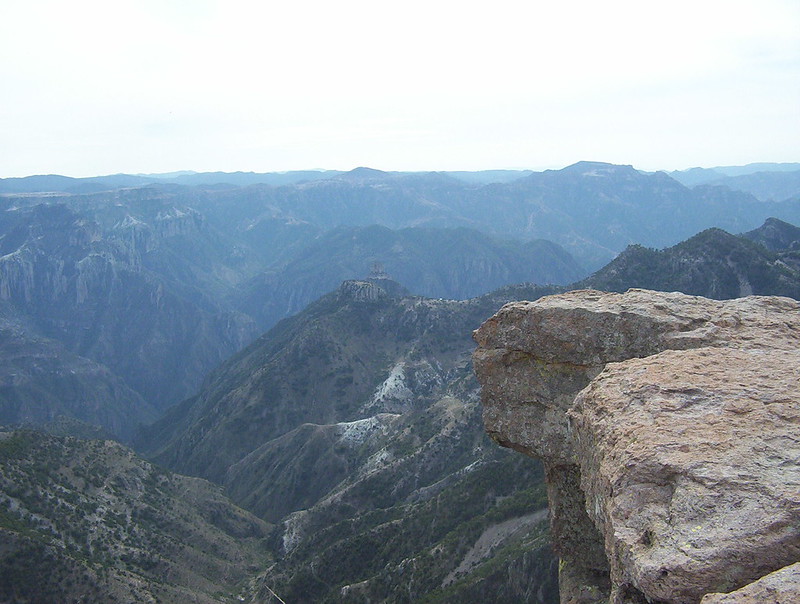Buzkashi is a traditional equestrian sport originating from Central Asia. Participants select strong horses, use chapandaz whips, and adhere to strict rules for fair competition. Skill and strategy are crucial for success in the game.
Horses symbolize strength and victory, requiring proper care. Different regions have unique variations, such as using headless calf or goat carcasses.
Explore the cultural significance, famous players, tournaments, and modern influences of Buzkashi.
Origins of Buzkashi
Buzkashi, also known as kupkari, is the national sport of Afghanistan and involves horse-backed players competing to place a goat or calf carcass in a goal. Matches are popularly held on Fridays and attract large crowds. The sport originated from the migration of Turkic-Mongol peoples from China and Mongolia between the 10th and 15th centuries, continuing until the 1930s. Players are called Chapandaz. Similar games are played in countries like Kazakhstan, Kyrgyzstan, and Tajikistan.
Modern adaptations include tournaments in arenas and standardized rules for player safety, while still preserving the sport’s historical and cultural significance.
Equipment and Rules
In Buzkashi, players choose strong, agile horses for the game. They use a chapandaz whip to handle the carcass. Horse selection is crucial for speed and endurance.
The chapandaz helps control the carcass and direct the horse. Strict rules ensure fair play, and safety measures protect participants from the sport’s high-speed, high-contact nature.
These rules ensure fairness and safety during the matches:
- Possession of the Carcass: Players must aim to acquire possession of the headless goat carcass.
- Transportation Restrictions: The carcass must be held by hand or wrapped by the leg during the game.
- Stay Mounted: Participants must remain on their horse or yak throughout the match.
- Objective: The primary goal is to successfully drag the goat carcass to a designated area.
These rules form the foundation of the game of Buzkashi, allowing for thrilling competition and showcasing the skills of the players.
Skill and Strategy
Skill and strategy play an important role in Buzkashi, determining the success of participants in the intense and dynamic game. Strategy development is essential as riders must carefully plan their moves to outmaneuver opponents and secure the goat carcass.
Understanding individual and team strengths and weaknesses, as well as anticipating competitor actions, is key. Skill improvement is continuous, requiring riders to refine riding abilities, hand-eye coordination, and physical strength through practice and guidance from experienced players and coaches.
Buzkashi Variations
Buzkashi has two main variants: tudabarai and qarajai. In tudabarai, players grab the goat and race away from others, while in qarajai, they grab the goat, ride around a marker, and throw the carcass into the goal called the “Circle of Justice.” The Afghan Olympic Federation introduced formal rules for buzkashi, making it a game of 10 versus 10 on a square pitch, with two halves of 45 minutes each and a 15-minute halftime break. In Tajikistan, the team aspect is often replaced with a free-form version where individuals compete against each other.
Various regions where Buzkashi is played have developed distinct variations of the traditional sport. In Afghanistan, riders compete to seize a headless calf or goat carcass and carry it towards a goal, showcasing exceptional riding skills and physical strength.
In Tajikistan and Uzbekistan, Buzkashi is often played with a headless goat, with varying rules on scoring and gameplay. These regional adaptations reflect the unique characteristics of each region where Buzkashi is played, highlighting the sport’s cultural richness and adaptability.
Famous Buzkashi Players
Celebrated Buzkashi athletes like Aziz Ahmad and Amin Palawan are renowned for their mastery of the sport. Top players such as Qurban Haidari and Karim Atal engage in intense rivalries, captivating fans globally.
These players have a dedicated fanbase and serve as inspirational figures for the next generation of Buzkashi enthusiasts.
Buzkashi Tournaments
Buzkashi tournaments are distinguished in equestrian sports for their blend of power, horsemanship, and cultural significance. They showcase rider and horse mastery, providing an electrifying experience for spectators. The intense competition, strategic maneuvers, and teamwork create an unmatched atmosphere of exhilaration.
Key aspects include a thrilling spectator experience, high-stakes excitement, essential team dynamics, and strategic planning for success.
Fascinating Buzkashi Trivia
Fascinating insights into the intricate cultural tapestry of Buzkashi emerge when exploring its lesser-known aspects and anecdotes. Here are some intriguing pieces of Buzkashi trivia:
- Cultural Heritage: Buzkashi is deeply rooted in the cultural heritage of Central Asia, symbolizing strength and bravery.
- Pop Culture Presence: The sport gained Hollywood recognition in the movie ‘Rambo III’ starring Sylvester Stallone.
- Historical Bans: Buzkashi was banned by the Taliban in Afghanistan, reflecting its controversial and sometimes political nature.
- International Adaptation: Introduced in the US as ‘Kav Kaz’ in the 1940s, Buzkashi has seen adaptations beyond its Central Asian origins, showcasing its global appeal and adaptability.
Buzkashis Cultural Impact
Exemplifying resilience and tradition, Buzkashi’s cultural impact resonates deeply within the hearts of Central Asian communities. This ancient sport embodies the spirit of endurance and camaraderie, reflecting the values cherished by those in the region.
This sport serves as more than just a game; it symbolizes the heritage and identity of Central Asian peoples, showcasing their connection to the land and their ancestors. The cultural significance of Buzkashi extends beyond mere entertainment, with its events often accompanied by traditional music, performances, and festivities that bring communities together in celebration.
As the sport gains international recognition, it continues to serve as an important reminder of the rich cultural tapestry woven throughout Central Asia, captivating audiences worldwide with its blend of tradition and exhilaration.

